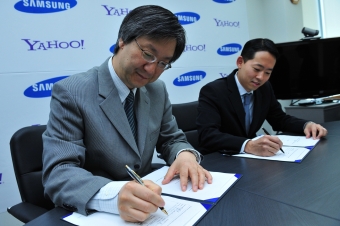Summary:
In a simulated environment, the students participate in a fictitious General Assembly full of conflicts and adversity from an economic point of view, and formal and substantive addictions from a legal point of view, which they should act forcefully in defense of the characters that they represent.
Objective:
- GENERAL GOAL: The students learn the company’s various stages of creating and managing, from a legal point of view. In this context, an important question relates to conflicts between majority and minority ownership positions.
- SPECIFIC GOALS: the purpose of the Assembly is to elect members of the Board of Administrative Directors, making the student experience the hostile scenario of argument, full of both formal and material addictions, and encouraging his incisive action. With this material the student has the chance to learn the formalities of the decisions of a General Assembly to be validated (call, installation and resolution), as well as the dynamics of this corporate event.
- ABILITIES AND SKILLS TO BE DEVELOPED: argumentation, oral expression, complex negotiations.
Dynamics:
- TEACHING METHOD: the activity is developed through simulation and subsequently there was a Socratical dialogue about the activity.
- REQUIREMENTS: the students received by email the following documents: (1) invitation to the General Assembly, (2) division of the groups, (3) the share capital structure of the company, (4) the writing record of the Annual General Meeting, all attached.
- INTRODUCTION OF THE DYNAMICS: the aim of the Assembly was to elect the members of the Board of Administrative Directors. From this, the students were encouraged to simulate the shareholder meeting to Board election, and the focus of the debate was the choice of one member that should be nominated by minority shareholders, according to corporate law.
- DEVELOPMENT OF THE DYNAMICS: The activity was developed in three stages. The first was held out of the classroom, after referral of the material (see the item PREPARATION). This phase consisted of internal groups discussions, which stipulated a strategy and appoint a representative to act in the Assembly. The second stage was the realization of the Assembly itself in the classroom, with the professor as a controller. The third stage involved the writing of the report by the professor and also for any manifestations of the representative students.
- END OF THE DYNAMICS: to the end of the second stage, the professor discussed the Assembly, the formal and substantive addictions, the complaints made or omitted, among other questions that have arisen in the simulation. After the third step, the professor discussed with the students some questions regarding the content of the writing report and the posture of the students on the document, making a finish to all activity.
- ATTENTION IN THE CLASSROOM: it is important that the professor or third participate of the dynamic as majority shareholder (controller of the assembly), act with a certain resistance and causing the most incisive performance of the representative students.
Evaluation:
- FEEDBACK: It was given to the discussion in the classroom at the end of the second and third stage.
- GRADE EVALUATION: The students were evaluated by their participation, considering the whole performance of each group.
Observation:
Copyright from the cover page image (cropped):
Image: "Board of Directors Workshop", 2013, available by the Flicker User "Jaxport", picture by "Meredith Fordham Hughes" under the Creative Commons BY-NC 2.0 license.






